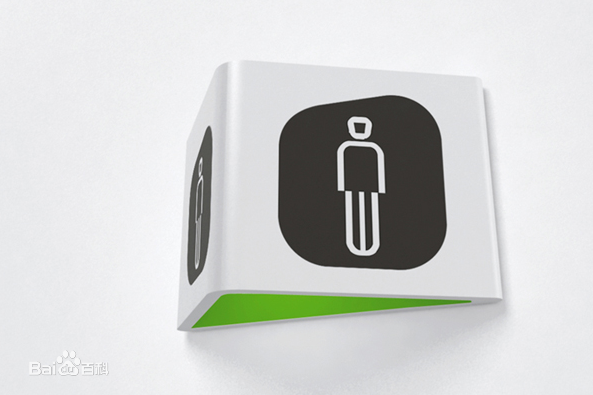Accurate and scalable methods for computational quantum chemistry can accelerate research and development in many fields, ranging from drug discovery to advanced material design. Solving the electronic Schrodinger equation is the core problem of computational chemistry. However, the combinatorial complexity of this problem makes it intractable to find exact solutions, except for very small systems. The idea of quantum computing originated from this computational challenge in simulating quantum-mechanics. We propose an end-to-end quantum chemistry pipeline based on the variational quantum eigensolver (VQE) algorithm and integrated with both HPC-based simulators and a trapped-ion quantum computer. Our platform orchestrates hundreds of simulation jobs on compute resources to efficiently complete a set of ab initio chemistry experiments with a wide range of parameterization. Per- and poly-fluoroalkyl substances (PFAS) are a large family of human-made chemicals that pose a major environmental and health issue globally. Our simulations includes breaking a Carbon-Fluorine bond in trifluoroacetic acid (TFA), a common PFAS chemical. This is a common pathway towards destruction and removal of PFAS. Molecules are modeled on both a quantum simulator and a trapped-ion quantum computer, specifically IonQ Aria. Using basic error mitigation techniques, the 11-qubit TFA model (56 entangling gates) on IonQ Aria yields near-quantitative results with milli-Hartree accuracy. Our novel results show the current state and future projections for quantum computing in solving the electronic structure problem, push the boundaries for the VQE algorithm and quantum computers, and facilitates development of quantum chemistry workflows.
翻译:暂无翻译





